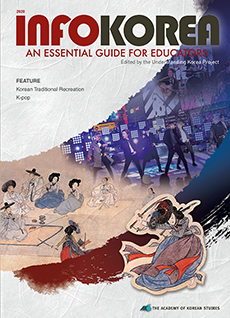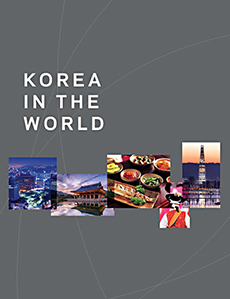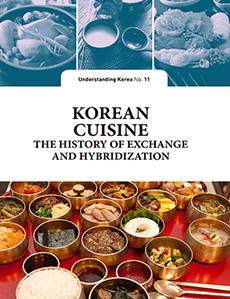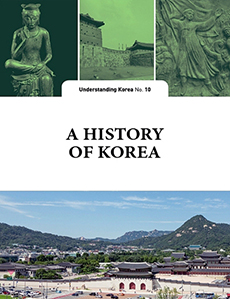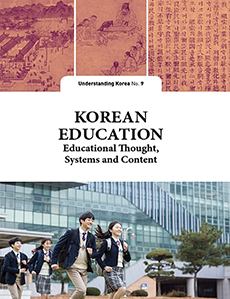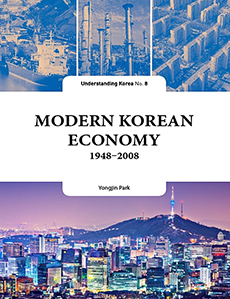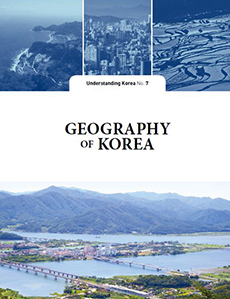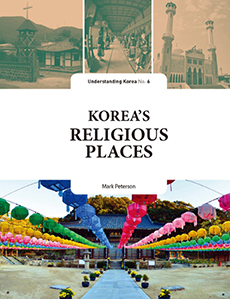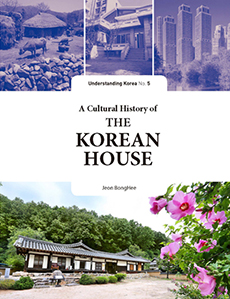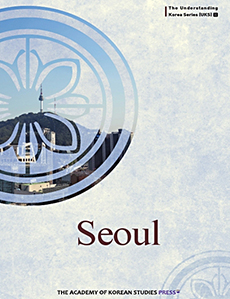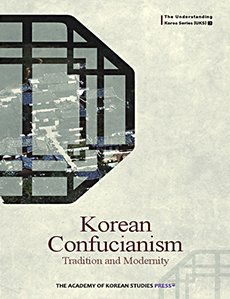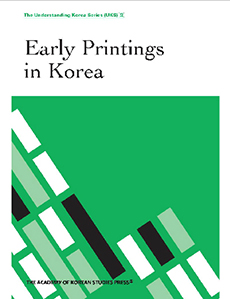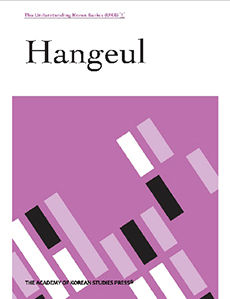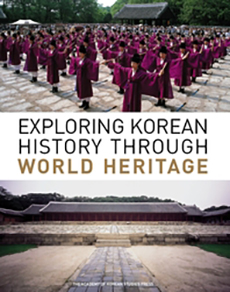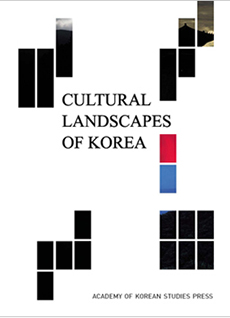Материалы по Корее
-
Информация Корея (Infokorea) является Южная Корея О журнале для читателей, заинтересованных в развитии Кореи и зарубежных производителей учебников и учителей. Информация о Корее может относиться к учебник авторов и редакторов иностранных учебников, учителя предоставят последнюю информацию, которая может быть использована в Корее преподавания ссылки. Информация Корея Южная Корея также культурные, социальные и исторические темы признакам.
-
It is not easy to understand a foreign country in a short time. Korea in the World is a brief introduction of Korea for educators unfamiliar to Korea. The booklet collects and summarizes significant historical, cultural, and politico-economical traces of Korea. An essential material for educators who want to bring Korea in the textbook and to classroom.
-
Il vise à éclairer la formation et l’évolution de la cuisine coréenne à travers l’histoire de la cuisine coréenne, notamment à travers de nombreux échanges de l’antiquité à nos jours. Le processus par lequel certains aliments, boissons et sauces tels que la sauce de soja, la pâte de soja, le kimchi, le soju, le seolleongtang, le gimbap et le jajangmyeon sont profondément liés à la culture coréenne est clairement expliqué.
-
It explains the history of Korea from prehistoric times to the present. This book, divided by periods, helps readers to understand the main events and overall characteristics of Korean history. It covers each era’s political systems, culture, society, and foreign relations. As a concise introduction to Korean history, this book would be suitable for international Koreanists and students, textbook authors, and the general readers.
-
Therefore, examines the diverse aspects of education in Korea and the contributions of education to the development of the nation from the perspective of its long history. This book focuses not so much on the vast amount of information related to education in Korea; rather, it selects a number of major facts and explains them in greater depth from a historical context of education in Korea.
-
This book looks at the country’s modern economic development starting from the end of the Korean War, the economic problems Korea faced after the conflict, efforts to solve these problems, and the results produced. It will also describe changes in economic policy objectives from liberation from Japanese colonial rule in 1945 through today in detail.
-
This work has been created to serve as a foundational text for international readers to understand the geographic characteristics of the Korean Peninsula and the living culture of Koreans. It consists of an overview that presents a comprehensive look at the Korean Peninsula from a systematic geography perspective and a regional geography portion that examines specific regions of Korea in greater depth.
-
Visitors to Korea are often struck by the displays of religion all around them. Buddhism, Confucianism, and Christianity are apparent to the casual visitor, but if one knows how to find it, a shaman house or office is also easy to find. This book will visit the famous and the typical sacred sites of the four major traditions—Buddhism, Confucianism, Christianity, and Shamanism—as well as other religions.
-
The history of the Korean house through several time periods: from the ancient to the modern periods. It also overviews the future of Korean housing in transition from a patrilineal society to a nuclear-family-based society, or the status of apartments serving as the representative Korean housing type.
-
This book traces the developmental stages of Seoul from its birth as capital of Korea to today’s mega city along with its history and culture. After a close reading of a vast amount of literature on Seoul, the book presents objective information on Seoul and portrays various aspects of Seoul including history, culture, city development and renewal, and the major features of current Seoul that stand out from other mega cities in the world. In sum, it is a well-balanced presentation of a city called Seoul.
-
This new book discusses various aspects of Korean Confucianism in terms of “tradition” and “modernity” pertaining to philosophy, education, family, social ethics, political leadership, national identity, ritual practice, and spiritual culture. It consists of eleven interconnected chapters. Although the book is written in a scholarly format, it is intended for a broader audience including college professors and students, school teachers and librarians, education agencies and officials, and general readers. It will certainly contribute to our better global understanding of Confucianism in Korea and elsewhere.
-
This book demonstrates the excellence and rich features of early Korean printing culture. It begins with the origins of printing culture in the world and in Korea and development moving on to discuss in detail about woodblock printing and movable type printing in Korea that include many artifacts registered as memory of the world. Especially, the book contains illustrated discussion on the invention and development of metal movable type printing. Not only this book offers primary understanding on Korean culture but also its bibliographic perspective gives practical information to those who study Korean bibliography.
-
The book starts with how Hangeul, Korea’s distinctive writing system is different from those of its neighboring countries, China and Japan. It then discusses in a simple manner the creation of Hunminjeongeum and changes over the time to present day in detail. Not only this book presents basic understanding on Korean culture but also its linguistic perspective gives useful knowledge to those who study Korean language and Korea studies.
-
Целью публикации данной книги является представление истории и культуры Кореи через 19 разных объектов культуры, сохранившихся по сегодняшний день на Корейском полуострове и зарегистрированных, как культурное наследие ЮНЕСКО. Представленные здесь 19 объектов культурного, нематериального и письменного наследия наглядно иллюстрируют пятитысячелетнюю историю Кореи с древнейших времён и до настоящих дней. Это наследие было создано корейским народом, но сегодня это не только объекты национального достояния, но и общечеловеческие памятники, имеющие универсальную ценность и значение. Посредством этой книги с богатой корейской историей, культурой и традициями смогут познакомиться не только учёные-корееведы разных стран, но и студенты, изучающие корееведение и просто все заинтересованные люди.
-
Книга написана не только для студентов, начинающих изучать корееведение, но и для широкого круга читателей, интересующихся корейской культурой. В этом издании рассматриваются самые различные аспекты корейской истории. В книге представлен весь исторический спектр развития Кореи от традиционного образа жизни до культурных изменений, происходящих в корейском обществе в результате индустриализации и глобализации. Отмечается увеличение количества мультикультурных семей в результате заключения интернациональных браков, влияние «корейской волны» в мировой массовой культуре, распространение корейской кухни и моды, которые уверенно выходят за рамки одной страны. В книге нашли отражение и множество других интересных тем, специфических для корейской ментальности. Авторы книги сделали акцент на динамичность и разнообразие корейской культуры, включив её в целостную мировую картину антропологического развития. Текст и фотографии данной книги предоставляют читателям широкую и подробную информацию о культуре и истории современной Кореи.

